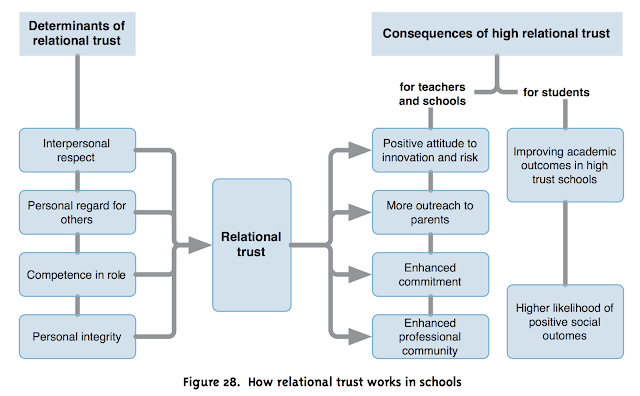Activity 3: Responses to Finlay’s (2008)’s article
- What is/are the points in the article that you can relate to your reflective practice?
Initially when entering into the world of teaching, I had no idea of how to reflect on my practice. A very close colleague of mine, who also became my Tutor Teacher, provided me with a BT Reflective Journal that she had put together. In this journal I had to record on a weekly basis "What went well", "What didn't go well", and "What I could do to improve the situation or my practice". By following these three simple questions, I found my reflective journal became a valuable resource when problem solving from year to year and class to class. As the years have gone by I have not only reflected on my own self and practices, but also on particular students (normally target students), colleagues, relationship building, and community connections. Lynda Finlay (2008) touched on this regarding the debate to "focus on self" or to "focus on a larger context". I think it is definitely important to reflect on both.
I also feel it is important to reflect-on-action and reflect-in-action as at times issues arise and it is better to investigate the issue rather than leaving it to be reflected on at an end point.
I am a firm believer and agree with Lynda Finlay (2008) that reflective practitioners move with the times, continually create new knowledge, and don't remain misguided or unwilling to support the needs of our future citizens.
- Are you using any model of reflection? If yes, evaluate the model you are using, is it effective? is there any room for improvement?
At present I pretty much practice the reflect-on-action still using the three questions mentioned earlier. As a professional, I also reflect-in-action but with a colleague to help problem solve. This isn't necessarily documented at the time which is an area for improvement so I have a reference point if the issue should arise again. I reflect at the end of a period of time, generally annually. These are documented in my Professional ePortfolio.
- Is there any model that you would like to adopt? Explain why you find it suitable to use.
Gibbs (1998) and Rolfe et al (2001) reflective models are both similar and simple models to use. At a previous school I worked at, all our planning and assessment was based on a model very similar to these two models. I like the simplicity of them and the fact the you can add as much or little information as needed. They are both also models that can be used in the classroom to teach students how to reflect on their own learning.
The image below is Gibbs' (1998), however, the inner circle "What? So What? Now What?" is Rolfe et al's (2001) model.
Reference:
Finlay.L.(2008). Reflecting on Practice. PBPL: The Open University




Comments
Post a Comment